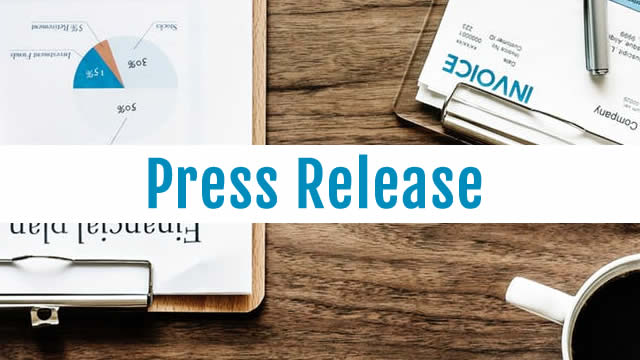Karyopharm Therapeutics Announces 1-for-15 Reverse Stock Split: What Does It Mean for Investors and the World?
NEWTON, Mass., Feb. 24, 2025 – Karyopharm Therapeutics Inc. (Nasdaq: KPTI), a leading pharmaceutical company specializing in innovative cancer therapies, recently announced that it will implement a 1-for-15 reverse stock split of its common stock (“Reverse Stock Split”), effective at 5:00 p.m. Eastern Time on February 25, 2025. This move is aimed at increasing the Company’s stock price and improving its trading liquidity.
What Is a Reverse Stock Split?
A reverse stock split is the opposite of a standard stock split. In a reverse stock split, a company combines a certain number of its existing shares into one new share, resulting in fewer outstanding shares. For instance, in a 1-for-15 reverse stock split, each existing share of the common stock will be converted into one-fifteenth of a new share.
Impact on Individual Investors
If you own Karyopharm Therapeutics shares prior to the Reverse Stock Split, you will receive a cash payment or additional shares based on the number of shares you hold, while maintaining the same percentage ownership in the company. For example, if you owned 100 shares before the split, you will receive approximately 6.67 shares after the split. The cash amount you will receive instead of the fractional shares will depend on the price at which the stock is trading on the effective date.
Impact on the Broader Market
Reverse stock splits don’t directly affect the underlying business operations or financials of a company. However, they can impact the stock market in several ways:
- Price perception: A reverse stock split can make a stock appear more attractive to some investors, as a higher stock price may be perceived as a sign of a successful and growing company.
- Trading liquidity: A reverse stock split can improve trading liquidity by reducing the number of shares outstanding and making it easier for investors to trade large positions.
- Regulatory requirements: Reverse stock splits can help companies meet certain regulatory requirements, such as minimum bid price rules, which can prevent delisting from major stock exchanges.
However, reverse stock splits can also have potential downsides. For example, they can dilute the value of existing shares, discourage smaller investors, and create confusion among investors. It’s essential to carefully consider these factors when evaluating the potential impact of a reverse stock split on a specific company or your investment portfolio.
Conclusion
Karyopharm Therapeutics’ announcement of a 1-for-15 reverse stock split is a common corporate action aimed at increasing the stock price and improving trading liquidity. While this move may provide some benefits to the company and its investors, it is essential to understand the implications of a reverse stock split and consider its potential downsides. As always, investors should consult with their financial advisors to make informed decisions regarding their investment portfolios.
For the latest updates and developments related to Karyopharm Therapeutics and the pharmaceutical industry, stay tuned to reputable financial news sources and the Company’s official announcements.





